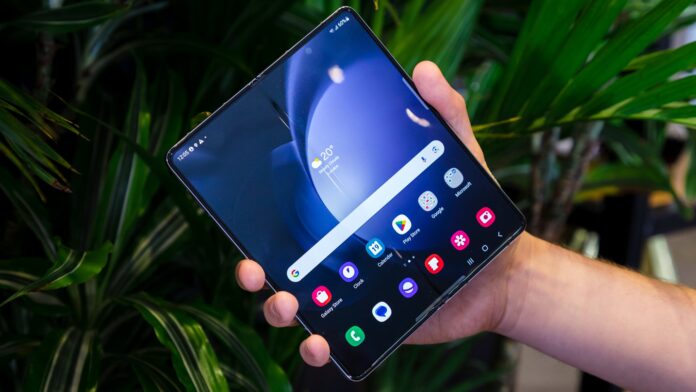Starting from feature phones, to bulky and large screens, to foldable phones, smartphones have had a long journey. During this time, we have seen many new technologies being introduced in smartphones almost every year and when it comes to innovation, there is no limit to mobile technology. What started with just the demand to make wireless calls, this journey has seen many new technologies emerge such as good display, then camera, fast charging, high refresh rate, change of different lenses in the camera and now foldable design. The latest among them is the foldable display, which has slowly become quite popular.
Foldable phones are a new milestone in smartphone design, allowing users to experience a smoother and more flexible screen. Though the technology was introduced a few years ago, the continuous improvements since then have led to some great options available in the market today. But apart from the design, what are the other benefits of foldable phones that a user pays such a hefty price for?
In this article, we are going to tell you how useful a foldable phone really is, what kind of experience it gives to a user and also what are its drawbacks, if any?
What are foldable phones?
To understand foldable phones better, it is important to understand their basic design principle. These devices are designed keeping flexibility in mind, so that no matter how many times you open or fold it for a long time, they will give you a good experience. Also, how efficient they can be when folded and unfolded is also taken into account, for which very important changes have to be made in the software. Currently, there are many foldable phones of different shapes and sizes available in the market, including large phones like Pixel Fold and Galaxy Z Fold 5 and small sized flip phones like Moto Razr, Galaxy Z Flip 5 and Oppo Find N3 Flip, which also have a large display as per requirement.
hinge mechanism
The most important part of all these different shapes of foldable phones is their hinge mechanism. A good and strong hinge determines the bendability of the foldable phone. How flexible and strong it will be in everyday use also depends on the hinge.
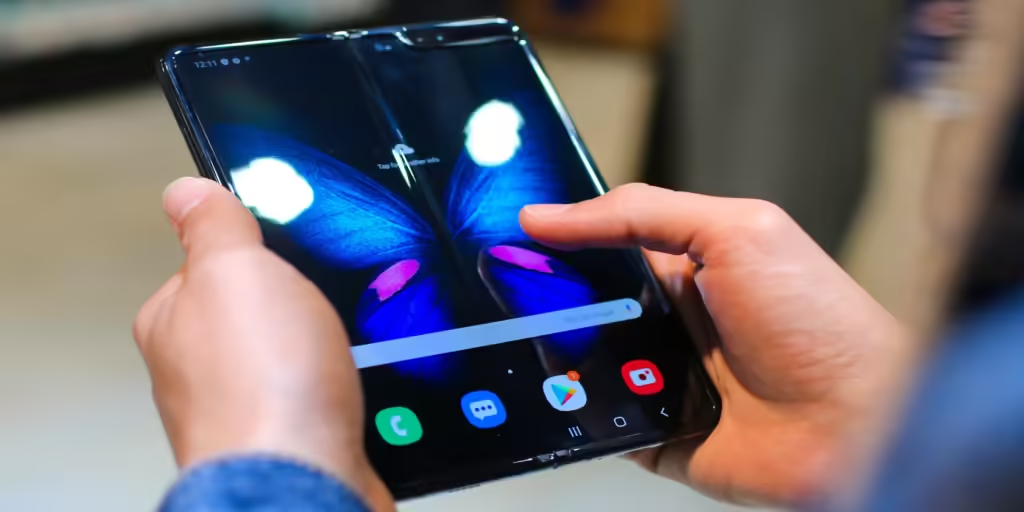
A good hinge can determine its folding and unfolding ability, but what are the benefits of using a foldable hinge in your daily life, let’s find out –
Advantages of Foldable Smartphones
The attractive factor of foldable phones is not just their foldability but also the fact that they allow you to do a lot more with them such as multitasking, a better experience in the most used apps and the convenience that comes with their portability.
Foldable design makes multitasking even better
A flexible screen design that can work on two displays gives you more ways to multitask in apps by switching between the two screens. When you move from the larger inner screen to the outer cover screen, the app adjusts to its size, making it easier for you to use it.
There are many popular apps out there right now that support foldable-friendly features like split-screen, flexible layouts, and adapt to any screen you may have, making multitasking a breeze.
In flip phones, by folding the phone in half, you can easily do things like video calling and can also use the rear camera to take selfies. Whereas in bigger phones like Galaxy Z Fold 5, when you fold it 90 degrees, the app fits on one screen and you can use the other part for another app.
So the ability to run multiple apps simultaneously on foldable and large displays is more important than other smartphones. On these, users can easily switch between multiple tasks at the same time, increasing their productivity.
Big Screen with Compact Design
Even with their main large screen, foldable phones fit easily anywhere and are quite portable. Especially flip phones, which even with a screen of around 7 inches, take up very little space. So you get a big enough screen to do work like using multiple apps simultaneously, taking meetings on one screen while on the go, doing related work in other apps on the other, etc. easily, and when these tasks are completed, they can be folded and easily fit in your small pocket. Also, foldable phones are quite premium in today’s time, which attracts people’s attention towards you when you have it in your hand in the crowd.
Multimedia and Entertainment
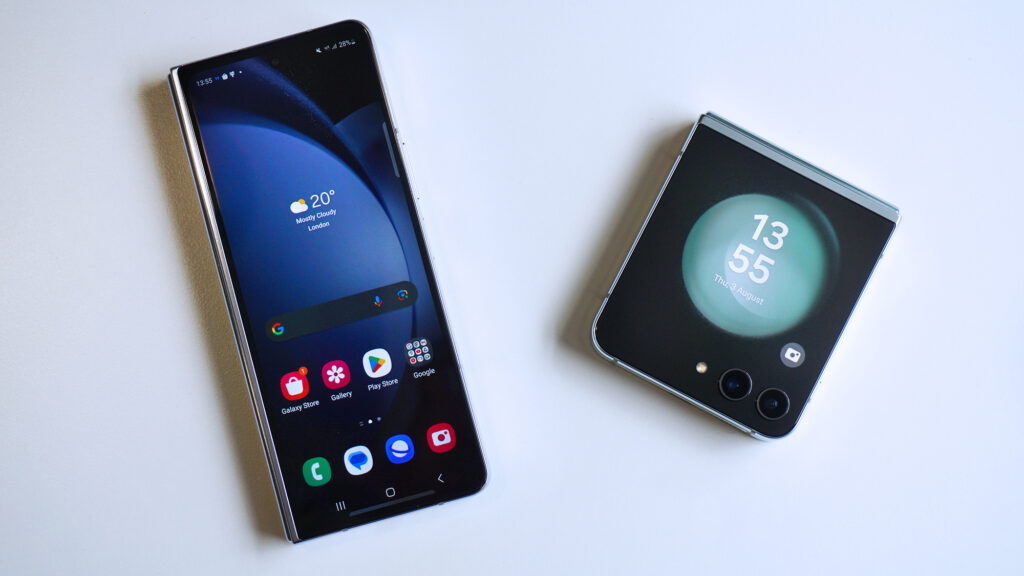
With these big foldable screens, the experience of viewing content has also become much better. If we talk about a big foldable phone, then it has a display of up to 7.6-inches inside, on which watching content is a different kind of fun. Also, being high-end phones, these flexible screens come with AMOLED / LTPO panels, where the quality is also good along with the big screen. Also, accessibility increases further for gamers on a big screen.
Nice and useful camera setup
Another feature of foldable phones is their camera setup. Whether folded or flipped, you can use the rear camera in many ways. First of all, you can take still pictures from different angles by placing the phone anywhere.
Owing to its flexible design, the premium primary camera can also be used as a selfie camera and you don’t need to hold the phone in your hand to take a selfie; thus, you can take new poses in a hands-free manner.
Disadvantages of foldable phones
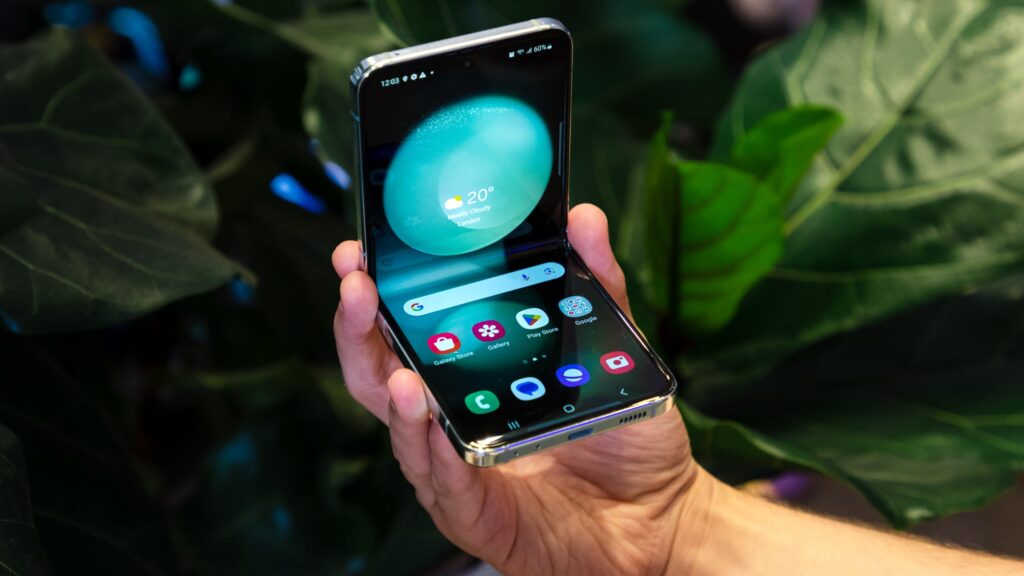
Although foldable smartphones have brought a big and important change in smartphone technology, every new technology has its own challenges and so is the case with foldable phones. Despite being useful in many ways, these flexible screens also have their disadvantages.
Using software and apps for foldable phones
Although all companies have made a lot of customisations in the software to suit foldable phones, still not all apps are compatible with the sizes of these flexible displays.
Although foldable phones have good hardware, many apps are still not well optimized for these devices. Because foldable phones are currently very few in number, perhaps that is why developers or companies have not yet thought about optimizing all apps or upgrading them according to flexible displays.
Even now, you may find some apps on foldable phones that are not fully capable of syncing between the two screens. It is possible that one of your favorite apps may not work on a foldable phone, which can be a bit disappointing.
Being flexible, the question remains about strength
While many foldable phones may be more robust than traditional smartphones, their design makes them more susceptible to damage in a number of ways. In particular, their hinges and folding mechanisms are delicate. First of all, their folding design means you can’t use a back cover and can damage the phone if you drop it. Although their screens are protected by glass, it’s also worth noting that in case of any damage, these screens are quite expensive to repair.
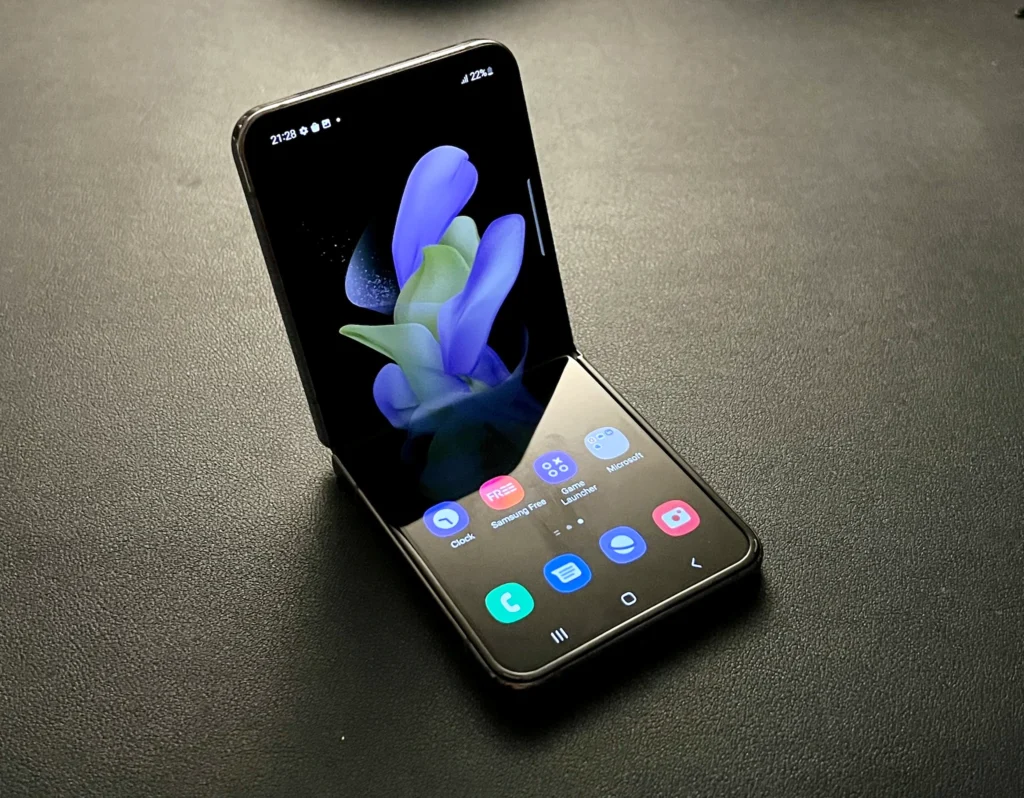
Apart from this, after continuous use of the hinge for 1-2 years, problems like the hinge not working properly or the screen getting broken have also been sometimes faced by the users, however in the last two years companies have also worked on the hinge, due to which improvements have also been seen in it.
Small battery
Foldable phones, due to their screen variations, consume a little more battery, but due to their design, they do not have as big a battery as normal smartphones. In such a situation, if they turn off in the middle of work after using them for a long time, it is a bit disappointing. Also, at such a high price, they do not get the fast charging speed that is usually available in flagship phones, such as 80W, 120W, 150W, etc.
High prices
While foldable screens add another element to your style statement and are useful in many ways, they are also quite expensive. For instance, the Samsung Galaxy Fold 5 starts at Rs 1,54,999, while the Flip 5 and the recently launched Oppo Find N3 Flip start at Rs 1,00,000 and Rs 94,999, respectively. These high prices put these phones out of reach for most people in the country and are too expensive for many who can afford them.


